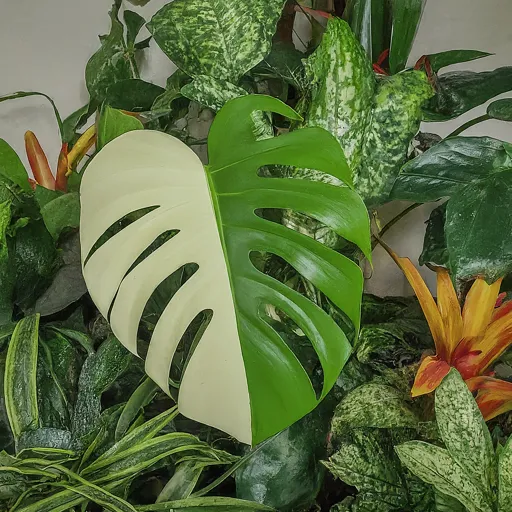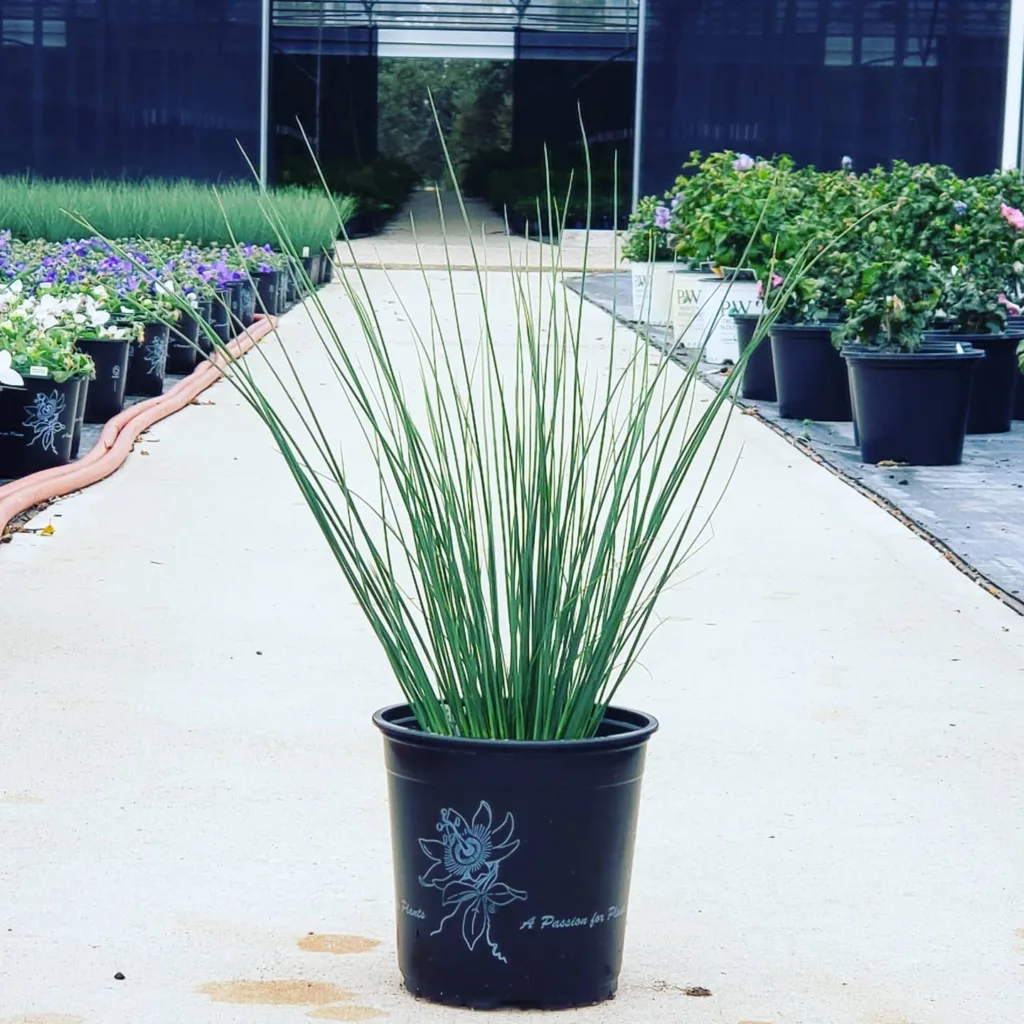Exploring the Schisandraceae Family: A Personal Journey
As I delve deeper into the world of botany, I find myself particularly fascinated by the Schisandraceae family. This intriguing family is not just about a collection of plants; it represents a diverse range of genera, each with its unique characteristics. From their uses in traditional medicine to their culinary applications, the plants in this family have captivated my interest.
Understanding the Schisandraceae Family
The Schisandraceae family consists of flowering plants primarily found in Asia and North America. Known for their aromatic properties, many of these plants have been utilized for centuries in various cultures. The family encompasses a handful of genera, but the most notable among them are Schisandra, Kadsura, and Illicium.
Schisandra
26 Species in Genus Schisandra
Schisandra, often referred to as the five-flavor fruit, is the most prominent genus in the Schisandraceae family. This name stems from its unique ability to provide five distinct flavors: sweet, sour, salty, bitter, and pungent. Personally, I’ve grown to appreciate Schisandra berries not only for their flavor but also for their health benefits. In traditional Chinese medicine, these berries are considered adaptogens, helping to combat stress and promote overall wellness.
Kadsura
Kadsura is another fascinating genus within this family. The species from this genus are less known but equally compelling. One of my favorites is Kadsura japonica, which produces edible fruit. I recall my first encounter with Kadsura during a visit to a botanical garden, where I learned about its medicinal properties and how it’s often used to improve liver function. The leaves of Kadsura plants are also known for their ability to thrive in shade, making them a perfect addition to any shaded garden area.
Illicium
Illicium, or star anise, has become quite popular in culinary circles. Its star-shaped pods not only add a unique flavor to dishes but also provide an aromatic quality that enhances various cuisines. My experiences cooking with Illicium have shown me just how versatile it can be. I remember experimenting with it in a slow-cooked beef stew, where its warm and sweet flavor beautifully complemented the savory elements of the dish.
Ecological Importance
The Schisandraceae family plays a significant role in their ecosystems. Many of these plants are found in forested areas, contributing to the biodiversity of their habitats. The fruiting plants attract various wildlife, aiding in seed dispersal and promoting healthy forest dynamics. I’ve often found myself wandering through forests, observing how these plants coalesce with their surroundings. The interdependence within these ecosystems is truly fascinating.
Culinary Applications
Culinary exploration is another area where the Schisandraceae family shines. Schisandra berries, for example, can be made into teas, tinctures, or added to smoothies. Their tartness pairs well with sweet flavors, and I often use them in desserts. Kadsura fruits can be used in jams, while Illicium lends itself well to both sweet and savory dishes. Incorporating these plants into my cooking has not only expanded my palate but also connected me with traditional practices that have existed for centuries.
Health Benefits
The health benefits associated with the Schisandraceae family are noteworthy. Schisandra berries, for example, are rich in antioxidants and have been linked to improved liver health and enhanced physical performance. I’ve personally felt the effects after consuming them regularly, noticing an increase in my energy levels and a sense of balance in my body. Similarly, Kadsura has been recognized for its potential to enhance cognitive function. These benefits make incorporating Schisandraceae plants into one’s diet a wise choice for anyone looking to boost their health.
Cultivation and Care
For those interested in growing Schisandraceae plants, I’ve found that they require specific conditions. They generally thrive in well-drained soil and prefer partial shade, which can be a bonus for gardeners with limited sunlight. I started growing Schisandra in my backyard, and it has flourished beautifully. Patience is key, as these plants can take time to establish, but the rewards are worth it.
Conclusion
The Schisandraceae family represents a captivating blend of culinary delight, health benefits, and ecological importance. Through my exploration of its genera, I’ve found a deeper appreciation for these plants and their role in our lives. Whether you’re interested in their uses in traditional medicine, culinary applications, or their contributions to biodiversity, the Schisandraceae family offers a wealth of knowledge and experience. I encourage you to explore these plants, whether in the kitchen, garden, or through the lens of health. The journey into the world of Schisandraceae is not just about plants; it’s about connecting with nature and discovering the myriad ways it enriches our lives.
If i die, water my plants!



